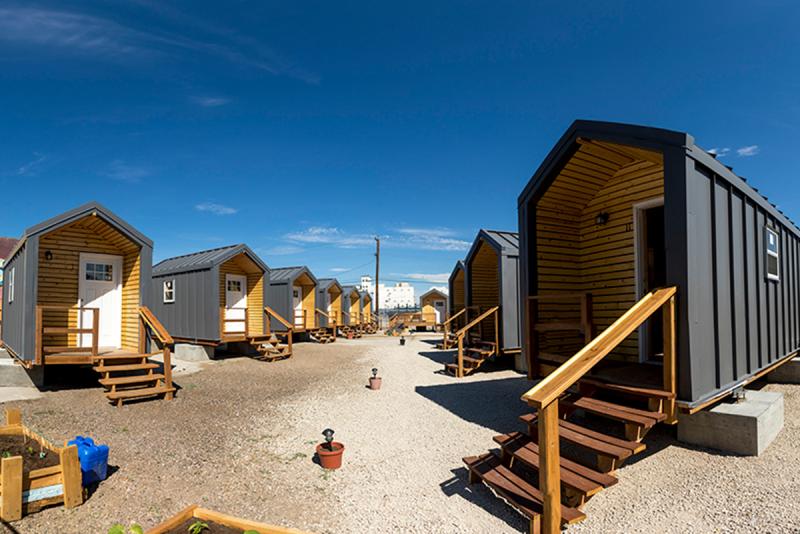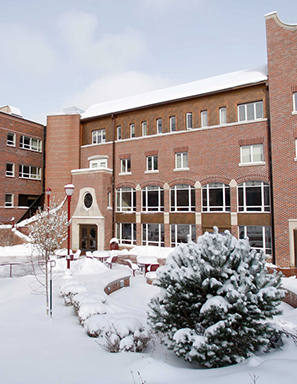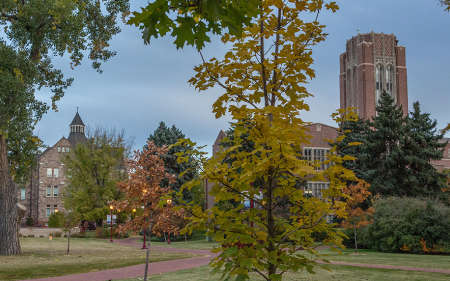A Fresh Look at Tiny Homes
Center for Housing and Homelessness Research finds that tiny homes are an effective response to homelessness

When researchers at the University of Denver Graduate School of Social Work (GSSW) started evaluating Denver’s first tiny homes community for people experiencing homelessness, Beloved Community Village (BCV) was considered an experiment.
Now more than three years on, Denver now is home to two tiny home communities, and the latest research from GSSW’s Center for Housing and Homelessness Research shows that the intervention is an effective response to homelessness.
“The results of this study continue to show that the Village has a positive impact on individuals who had formerly experienced homelessness,” the research team wrote in the evaluation report. “BCV continues to be a promising example of an alternative sheltering solution for people who are experiencing homelessness.”
The team’s initial research included a basic evaluation with village residents at three time points and an evaluation of the neighborhood at one time point. In contrast, the latest research included a longitudinal data set and was designed to address more of the holistic impact of living in a tiny homes community, says PhD student and Research Associate Jennifer Wilson. “We were not just looking at housing stability, but whole-person health, wellness, well-being, social connection, and agency among other dimensions,” Wilson says.
The team surveyed residents when they moved in, six months after move-in, and every 12 months thereafter. They also collected data from a comparison group of individuals on the village wait list. In addition, researchers surveyed residents of the surrounding neighborhood soon after the village moved to its current location and again six months later.
Among key findings was that village residents’ ability to save money, pay bills and pay debt improved dramatically during their stay at BCV, while members of the control group experience little improvement. Residents also reported increased happiness, satisfaction and hope and less anxiety, depression and hopelessness. Notably, residents were more likely to be employed or in school at the six-month follow-up compared to the control group, and 100% of surveyed residents were still housed after six months compared to just 47% of comparison group members.




